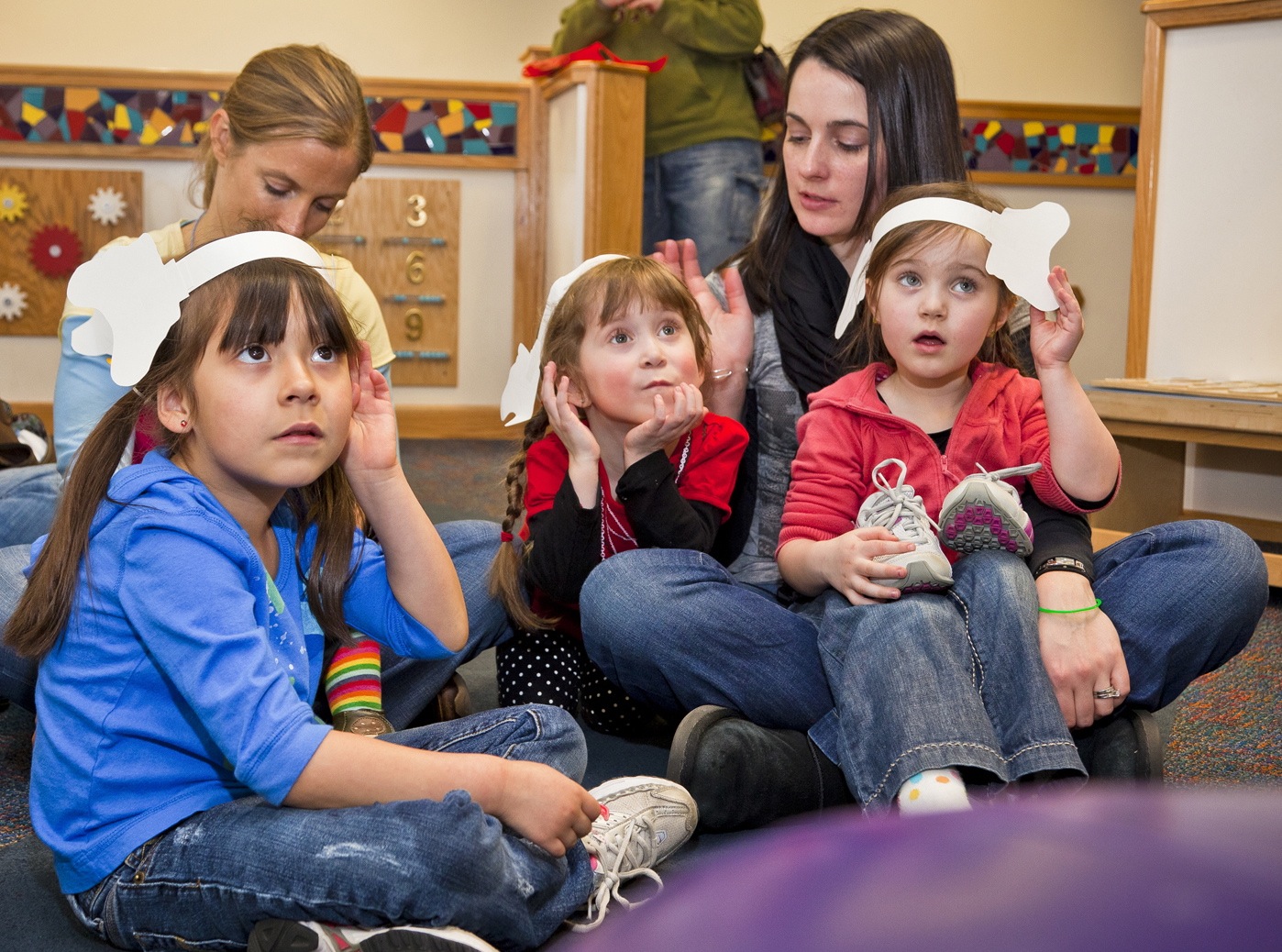
The "Horton Senses Something Small" activity
While I was talking to Betty Jones at Milton J. Rubenstein Museum of Science and Technology (MOST) a few weeks ago about their summer camp program, she described an interesting adaptation to the "Horton Senses Something Small" activity that we recently posted to the catalog.
She wanted to take the idea that nano is very, very small and use it in an activity around some of the societal and ethical implications of nano.
"Horton Senses Something Small" is a story time program for young visitors. Educators read the Dr. Seuss book, Horton Hears a Who, then guide visitors (or campers!) through looking at small things using lenses and using their sense of smell to detect things that are too small to see. At MOST, Betty followed the Horton activity with the "Exploring Size - Scented Balloons" activity. Campers would smell balloons that contain a flavored extract, try to identify the extract, and consider why they could smell the extracts through the balloon. (Answer: scent molecules are so small they can travel through the balloon membrane.)
MOST educators followed those activities with an activity they created to demonstrate some challenges in getting nano waste products out of our water supply. Campers scrunched up a piece of paper and placed it into a water tray to create a topography form. They then sprinkled glitter, a few drops of motor oil, and Kool-Aid crystals over the form to represent different kinds of pollutants. They wet the surface with a spray bottle of water to simulate rain. Next, the campers used pipettes to remove some of the "polluted" water that had accumulated in the valleys.
To try to get a sense of how easily different pollutants might be filtered out of groundwater, the campers made filters from sand, activated charcoal and cotton batting. They filtered the water they collected from the valleys and looked to see what kinds of things came out. The glitter came out easily and the motor oil eventually got filtered out. However, when they finished, even when the water looked really, really clean, the campers could still smell the Kool Aid. They easily made the connection that the Kool Aid smell was due to nano particles that were not filtered out in our systems. The campers and educators had a conversation about some of the societal and ethical implications of nanotechnologies.
And as soon as they were finished with the activity, they wrote about it in their journals. At the end of our second camp, a camper, Nina, sang a song she had written in her journal.
Nano! Nano! Nano! NANO!
Nano is a…, nano is a…., nano is a… billionth of a meter!
It’s teeny weeny, teeny weeny, super small.
It’s nano, nano, nano, nano, nano, nano SMALL!
You can’t see’em and neither can I, but you can smell’em and feel’em too!
It’s NANO!!!!
